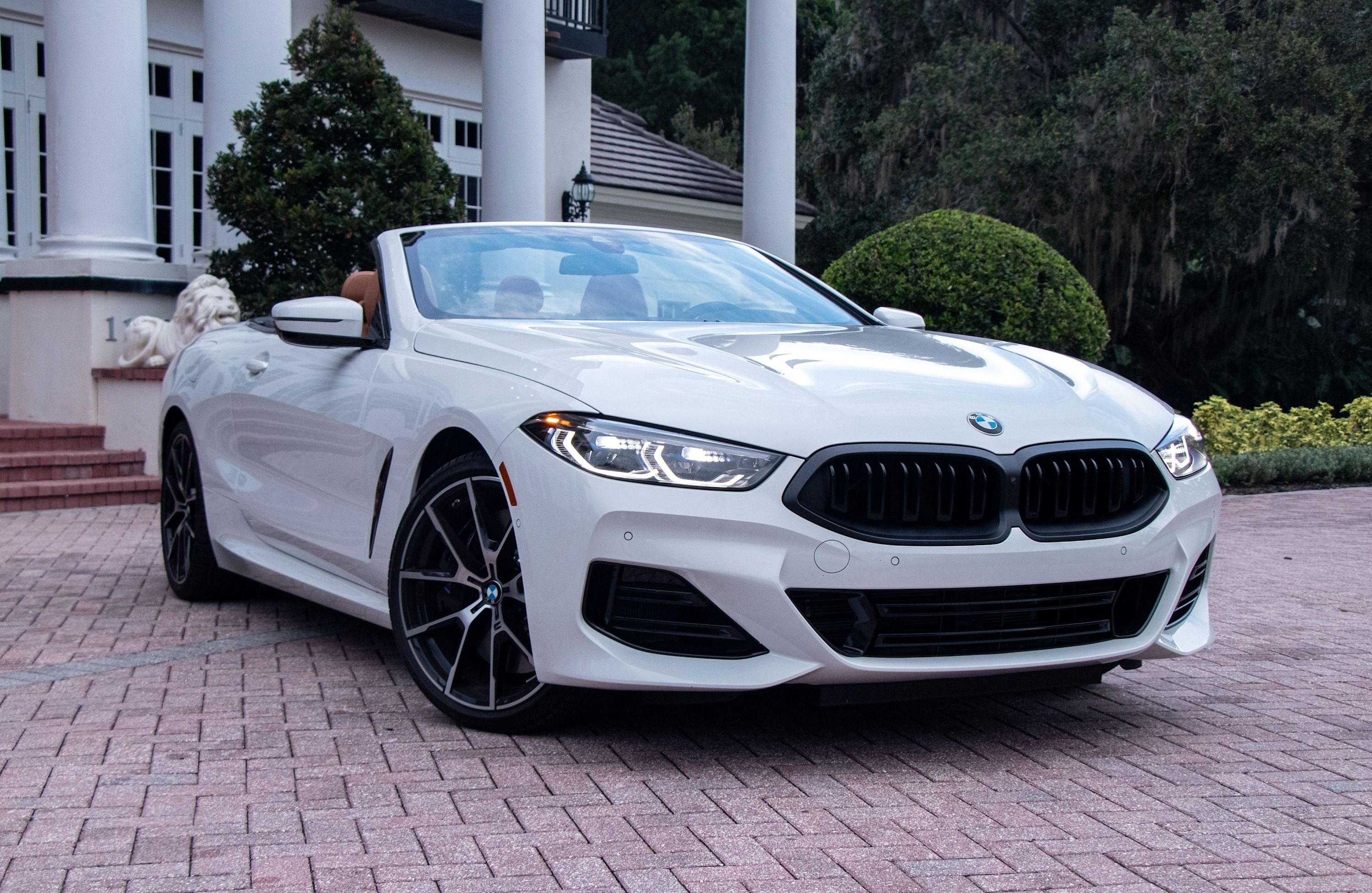
Lately, it seems a lot of companies want to make a name for themselves by building an office on four wheels and calling it the autonomous car of the future. Thankfully, real carmakers over the last few decades have been genuinely thinking about the actual future. It will certainly feature more electricity but the reality is people will still need to pilot their cars for at least a few generations yet whether it's for fun, commuting, or moving the family around.
These are the more experimental concepts that have excited, entertained, and provoked thought in us in more recent years, in contrast to those that are built in the hope of some big fat venture funding checks.
Volkswagen Aqua
The urge to build a car that can travel on water isn't just in the purview of British motoring shows having childish fun. Volkswagen designed the Aqua with hovercraft-like air cushions to allow it to transition between any surface such as snow, ice, and water using two ecologically sound hydrogen-powered motors. It's not something everyone would need, but in remote places it could prove invaluable as more than a concept.
Toyota Kikai
Toyota's Kikai concept is a particularly interesting one. It's a design study that wants car drivers to embrace the mechanical complexity of the car they're driving. The Kikai interior is intricate and has space for three people while being powered by a hybrid drivetrain. It's hard to argue that seeing cars built so you can see the inner workings would make traffic jams more interesting.
BMW GINA
BMW positively tortured the acronym GINA into existence. It stands for Geometry and functions In 'N' Adaptations, and the concept is true next century thinking. BMW's future-tech level concept was to build a car from man-made materials that can change shape on a moveable frame. Skinned with Spandex, the GINA's headlights would reveal themselves like an eye being opened and would effectively "grow" a spoiler at high speed.
Lotus Hot Wheels
The toy maker Hot Wheels satisfied both children and grown-ups with a healthy inner-child with its little Lotus concept. The scale model concept is part of the Designers Challenge series that challenged designers from various automakers to come up with a 1:5 scale model that "truly captured the brand's core values of speed, power, performance, and attitude." It appears Lotus fully embraced the idea.
Cheri @ANT
The Chinese carmaker Cheri looked at how ants interact and had a vision for future mobility. The idea behind the @ANT is based on the premise that cars will be virtually connected at all times, so when they are in close enough proximity to each other they can physically connect if they are heading to the same destination.
Dodge Tomahawk
Feel free to argue amongst yourselves whether this is a car or not while the rest of us gawp at this four-wheeled 500-horsepower monster powered by the V10 engine from an SRT Dodge Viper. The real concept part of the vehicle is in the four wheels being independently sprung so that, in theory, they allow it to lean into corners and counter steer like a normal motorcycle. It asks the question of what a motorbike would look like if you built it around a V10, and the answer is biblical.
Nissan Pivo 2
The Pivo 2 approaches the problem of small city driving by allowing all of the wheels to rotate like a shopping trolley so it can drive in any direction. Along with the ability for the cabin to rotate, that means the driver can pull up to a driving space and slot in sideways while having forward visibility. Assuming the driver isn't too dizzy by the time they've reached their destination, of course.
Lamborghini Terzo Millenio
Terzo Millennio translates from Italian as "Third Millennium" and was designed in partnership with the Massachusetts Institute of Technology as the ultimate future hypercar. Not only is the next level science-fiction aesthetic design captivating, but it's also based around four electric motors that run on electricity stored in supercapacitors and a form of carbon-fiber that stores electricity and can detect small cracks developing.
Peugeot 20Cup
The roadster and motorbike hybrid has made it beyond the concept stage recently. Back in 2007 though, Peugeot realized that an extra wheel and suspension components for it weigh quite a lot and that's important for performance vehicles. The result was its 500-kg three-wheeler with a 1.6-liter turbo engine powering the single rear wheel.
Toyota Setsuna
The concept of a car as art isn't a new one. However, the concept of a car as art that will change and develop, like a wooden table or chair, with each generation of owners is a spectacularly romantic one. Toyota built its car using traditional Japanese building woodworking techniques that don't involve glue or nails. It's an incredibly intricate and fascinating vehicle and even includes a "100-year meter," that allows each generation of owner to track the age of their heirloom motor car.
